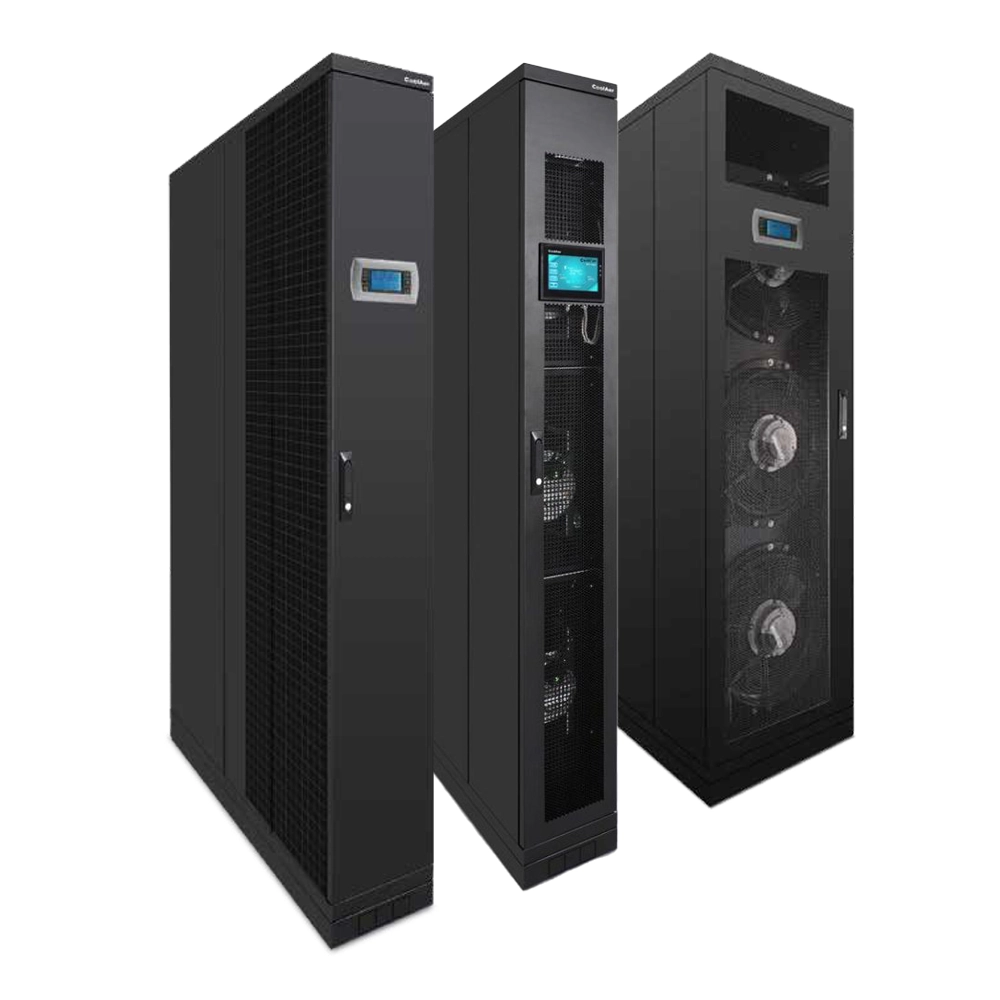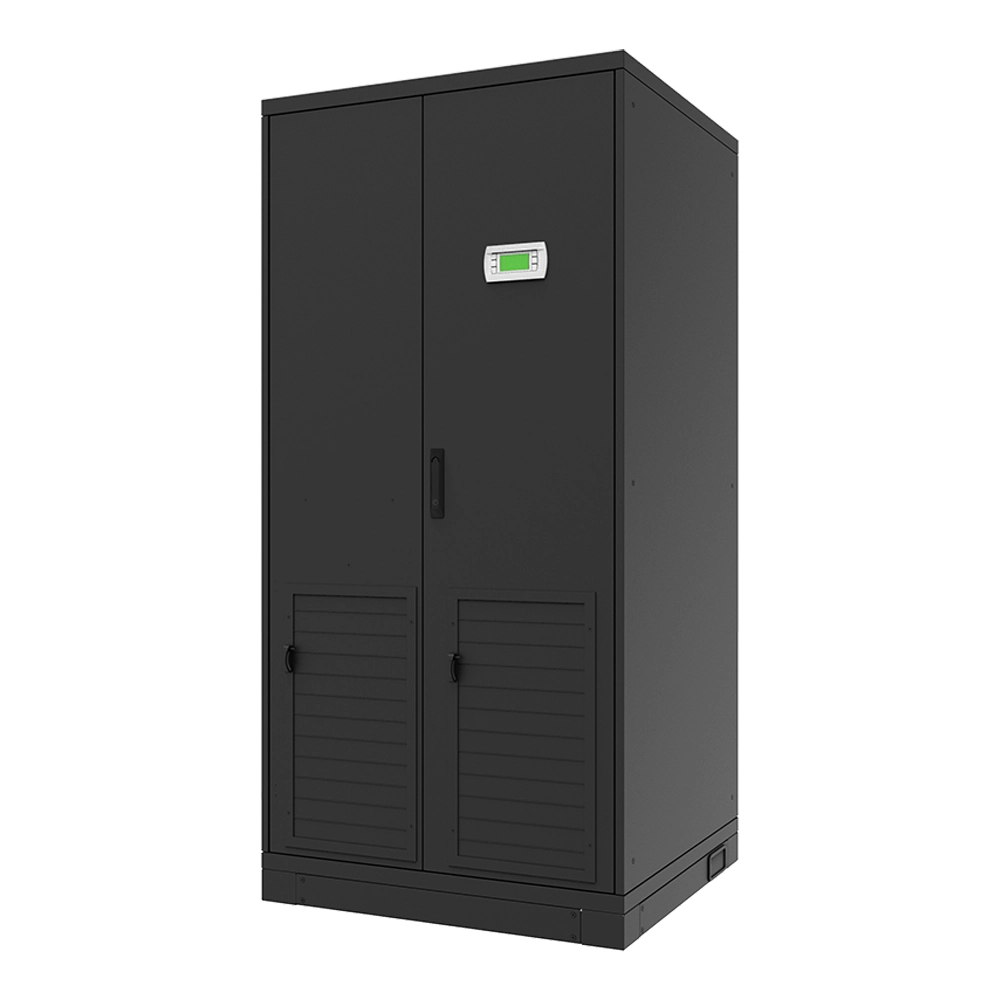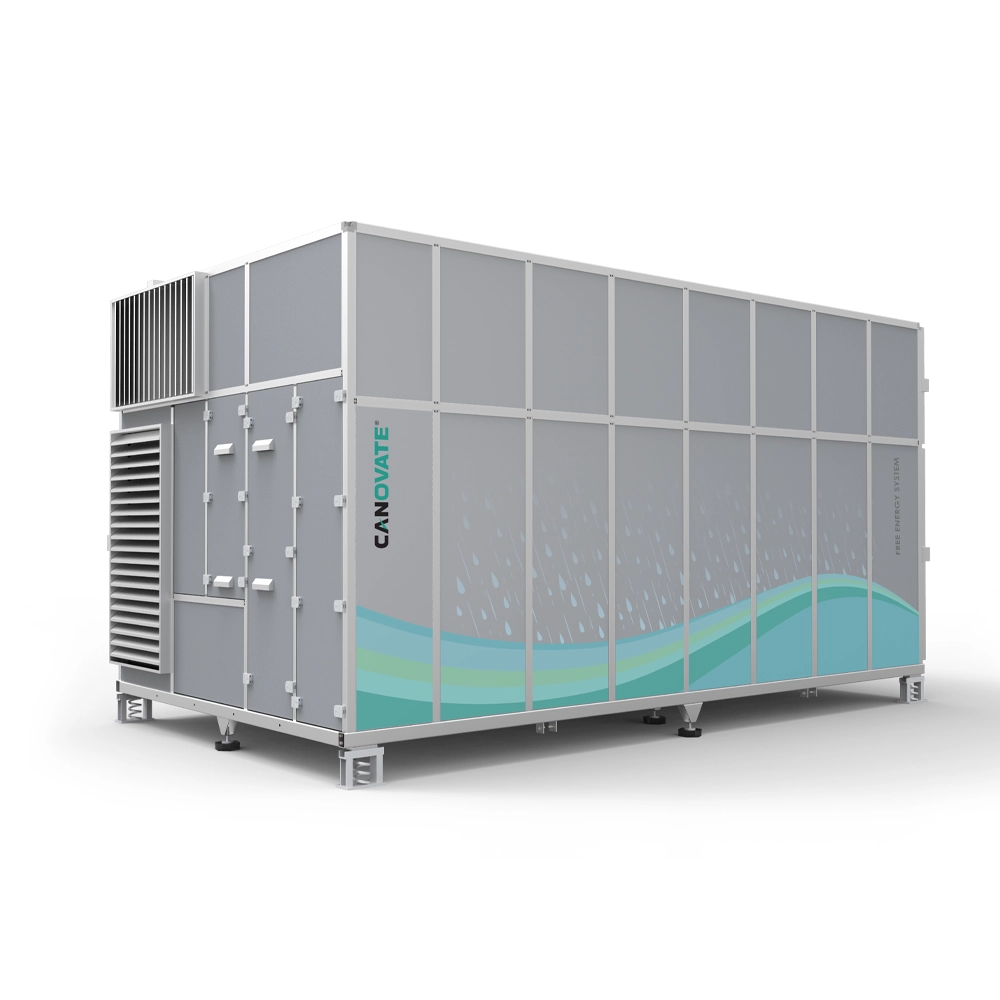COOLING SYSTEMS
Cooling Systems: The Cornerstones of Data Center Infrastructure
Data centers are complex environments where high-density processing power and servers operate. Therefore, temperature and humidity control in data center infrastructure is critically important for business continuity and hardware security. Cooling systems manage the temperature and humidity levels in data centers, ensuring that devices operate at optimal performance. In this article, we will examine various cooling solutions, including In-Row Front Coolers, In-Row Side Coolers, Chiller Systems, CRAC Systems, CRAH Systems, and Indirect Adiabatic Cooling Systems.
1. In-Row Front Cooler:
- In-Row front coolers are cooling units placed in front of data center racks.
- They provide optimal temperature by drawing hot air directly from the devices and mixing it with cold air.
- Known for their rapid response to heat loads and energy efficiency.
2. In-Row Side Cooler:
- In-Row side coolers are cooling units placed next to data center racks.
- They effectively cool devices by creating horizontal airflow between hot and cold air.
- Preferred in high-density data centers.
3. Chiller Systems:
- Chiller systems are central cooling solutions commonly used in large data centers.
- They cool the entire data center area using cooling water or refrigerant.
- Offers energy efficiency and centralized control advantages.
4. CRAC Systems (Computer Room Air Conditioner):
- CRAC systems are centralized cooling systems, particularly preferred in large data centers.
- They provide precise temperature and humidity control to ensure stable device operation.
- Meet the requirements of high-density and large data centers.
5. CRAH Systems (Computer Room Air Handler):
- CRAH systems are used to process and cool air.
- Suitable for large data centers with high capacity and customizable structures.
- Known for their quick response to heat loads.
6. Indirect Adiabatic Cooling Systems:
- Indirect adiabatic cooling uses water vapor or water spraying to cool the air.
- Provides high energy efficiency while minimizing water usage.
- An environmentally friendly cooling alternative.











